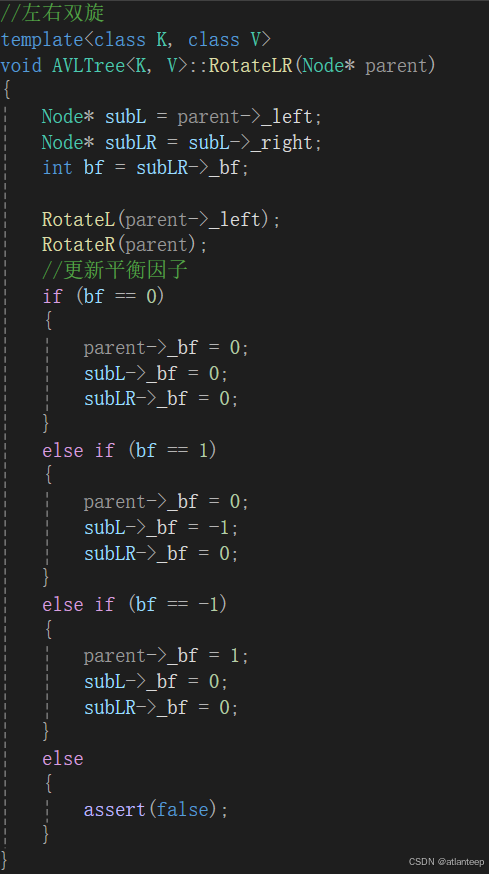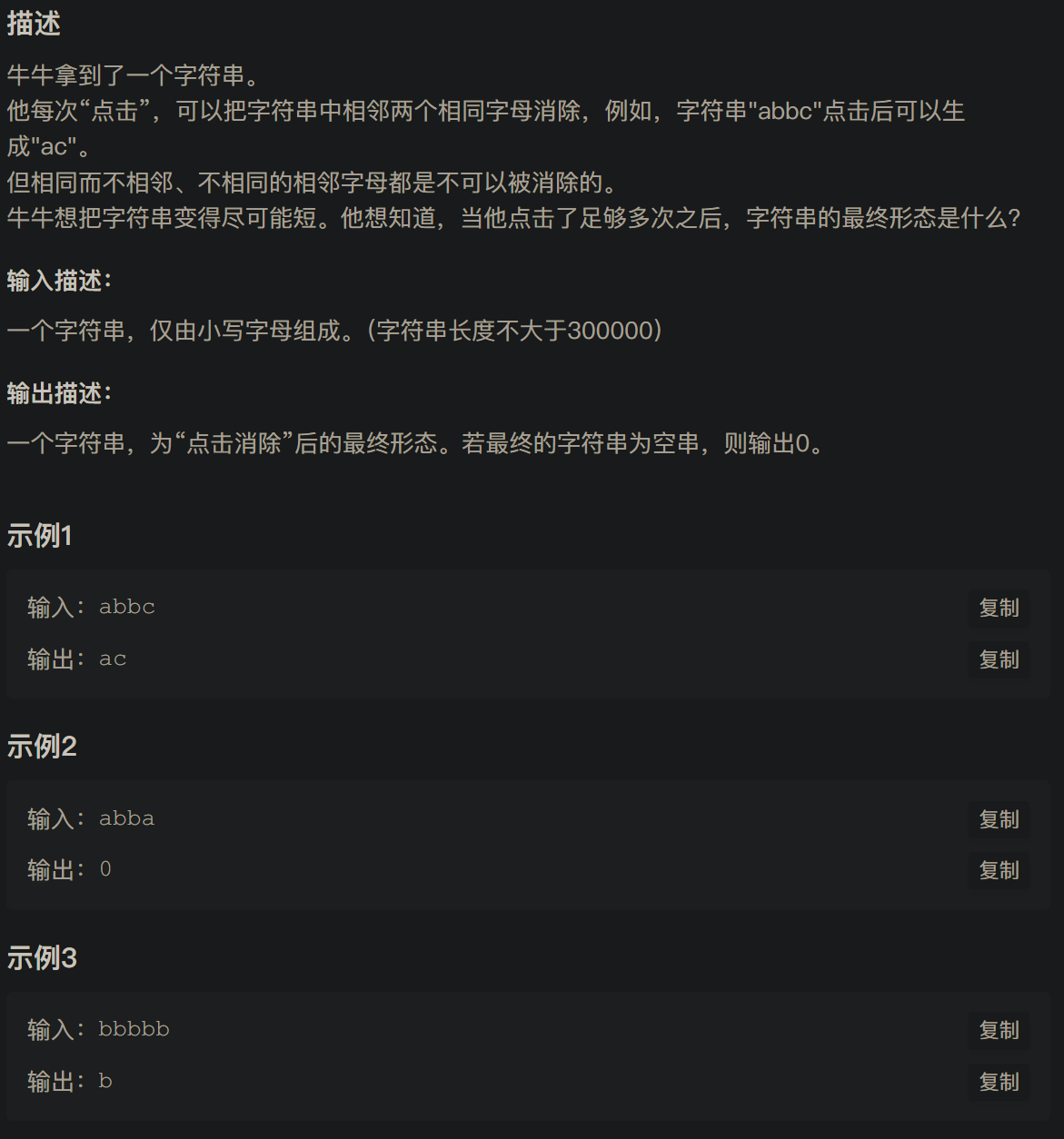
🌿🌿🌿跟随博主脚步,从这里开始→博主主页🌿🌿🌿
Java常用核心类
- 主要内容
- Object: 终极父类
- toString( )方法
- equals( )方法
- getClass( )方法
- hashCode( )方法
- clone( )方法
- finalize( )方法
- 实战演练
- Math类
- Math类的使用
- 实战演练
- random()方法的使用
- 实战演练
主要内容
①Object: 终极父类
②Math类
③基本类型包装类
④日期/时间API
Object: 终极父类
- Java语言中有一个名为java.lang.Object的特殊类,所有的类都是直接或间接地继承该类而得到的。
- 定义类时,若没有用extends指明继承哪个类,编译器会自动加上extends Object。
- Object 类中定义的方法:
public String toString( ) //返回对象的字符串表示
public boolean equals( Object obj) //比较对象是否与obj相等
public class<?> getClass() //返回对象所属的类所对应的Class对象
public int hashCode() //返回对象的哈希码值
protected Object clone() //创建并返回对象的一个副本
protected void finalize() //当对该对象没有引用时由垃圾回收器调用
toString( )方法
- 调用对象的toString()方法可以返回对象的字符串表示。
- 如果在Employee类中没有覆盖toString()方法,执行以下代码:
Employee emp = new Employee("刘明",30,5000);
System.out.println(emp.toString());
可能产生类似下面的输出:
com.demo.Employee@1db9742 //类完全限定名+@+16进制数据
在Employee类中覆盖 toString()方法
public String toString(){
return "员工信息:" + name +" "+ age + " "+ salary;
}
System.out.println(emp.toString());
System.out.println(emp); //自动调用toString()方法
输出结果都为:
员工信息:刘明 30 5000.0
equals( )方法
equals()方法主要用来比较两个对象是否相等,使用格式为:
obj1.equals(obj2)
equals()方法在Object类中的定义:
public boolean equals(Object obj){
return (this == obj); //比较引用是否相等
}
相当于两个对象使用“==”号进行比较。
getClass( )方法
- 返回运行时的对象所属的类所对应的Class对象。
- 每当一个类被加载时,JVM就会自动为其生成一个Class对象。由于Class类没有构造方法,需要通过Object类的getClass()方法取得对象对应的Class对象。
- getClass().getName()是用来返回Class对象所代表的具体对象的名称。
hashCode( )方法
- hashCode()方法返回对象的哈希码(hash code)值,即对象在内存中的十进制地址。
- 在覆盖Object类的hashCode()方法时,要保证相同对象的哈希码必须相同。
覆盖时常调用java.util.Objects类的hash()方法 - 可以使用不同算法生成对象的哈希码,例如,String类使用下面算法生成它的哈希码:
int hash = 0;
for(int i =0; i < length(); i++)
hash = 31 * hash +charAt(i);
//相同字符串的哈希码相同
clone( )方法
- 使用Object类的clone()方法可以克隆一个对象,即创建一个对象的副本。
- 要使类的对象能够克隆,类必须实现Cloneable接口。
- clone()方法声明抛出CloneNotSupportedException异常。
- clone()方法的返回类型为Object。
finalize( )方法
- 在对象被销毁之前,垃圾回收器允许对象调用finalize( )方法进行清理工作,称为对象终结。
- finalize( )方法的定义格式为:
protected void finalize( ) throws Throwable
- 每个对象的finalize( )方法仅被调用一次。
实战演练
Object类中toString()、equals(Object obj)、hashCode()、getClass()、clone()方法使用
package shujia_test1;
public class CsdN8_1 implements Cloneable {
// Object类中toString()、equals(Object obj)、hashCode()、getClass()、clone()方法使用
private int id; // 编号
private String brand; // 品牌
private String color; // 颜色
public CsdN8_1(int id, String brand, String color) {
this.id = id;
this.brand = brand;
this.color = color;
}
public String toString() {
return "汽车:id = " + id + " brand=" + brand + "color=" + color;
}
public boolean equals(Object obj) {
return this.id == ((CsdN8_1) obj).id;
}
protected void finalize() throws Throwable {
System.out.println("The object is destroyed");
}
public static void main(String[] args) throws CloneNotSupportedException {
CsdN8_1 c1 = new CsdN8_1(101, "宝马", "棕色");
CsdN8_1 c2 = (CsdN8_1) c1.clone();
System.out.println(c1 == c2);
System.out.println(c1.equals(c2));
System.out.println(c1.getClass().getName());
System.out.println(c1.hashCode());
System.out.println(c1);
c1 = null;
c2 = null;
System.gc(); // 执行垃圾回收
}
}
运行结果:

Math类
Math类的使用
java.lang.Math类中定义了一些方法实现数学上的基本函数功能:
- 指数函数
- 对数函数
- 平方根函数
- 三角函数
- 两个常量PI和E
- Math类中定义的所有的方法和两个常量都是static的,仅能通过类名访问。

实战演练
sqrt()、pow()、rint()、round()方法以及常量PI的使用
//sqrt()、pow()、rint()、round()方法以及常量PI的使用
public class MathDemo {
public static void main(String[] args) {
System.out.println("sqrt(2) = " + Math.sqrt(2)); //求2的平方根
System.out.println("pow(2,5) = " + Math.pow(2, 5)); //求2的5次方
//double rint(double x)返回与x最接近的整数,若x到两个整数的距离相等则返回偶数
System.out.println("rint(2.5) = " + Math.rint(2.5));
System.out.println("rint(-3.5) = " + Math.rint(-3.5));
//long round(double x)返回(long)Math.floor(x+0.5)
System.out.println("round(3.5) = " + Math.round(3.5));
System.out.println("round(-3.5) = " + Math.round(-3.5));
double pi = Math.PI;
pi = Math.round(pi * 10000) / 10000.0; // 四舍五入到小数点后4位
System.out.println("PI = " + pi);
}
}
random()方法的使用
Math类中的random()方法用来生成大于等于0.0小于1.0的double型随机数
(0.0<=Math.random()<1.0)
(int)(Math.random() * 10) // [0,9]
50 + (int)(Math.random() * 51) // [50, 100]
a + (int)(Math.random() * (b+1)) // [a, a +b]
实战演练
问题描述:
编写一个方法,随机返回一个小写字母。用该方法随机生成100个小写字母输出,每行20个。
public static char getLetter()
思路:小写字母的ASCII码值在97(‘a’)到122(‘z’)之间,因此只需随机产生97到122之间的整数,然后把它们转换成字符即可。
//编写一个方法,随机返回一个小写字母。
//用该方法随机生成100个小写字母输出,每行20个。
public class RandomCharacter {
//随机返回一个小写字母'a'~'z'
public static char getLetter(){
//[97+0, 97+26)即[97, 122]即['a','z']
return (char)(97 + Math.random() * (26));
}
public static void main (String[] args) {
for(int i = 1 ;i <= 100 ; i ++){
System.out.print(getLetter()+" ");
if( i % 20 ==0) // 每行输出20个字母后换行
System.out.println();
}
}
}
博主用心写,读者点关注,互动传真情,知识不迷路



















